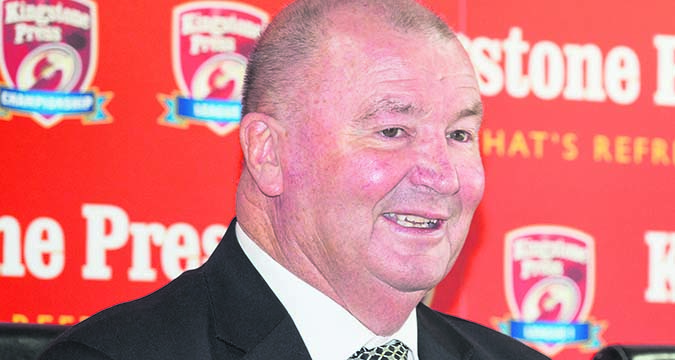 Graham Lowe became New Zealand coach in 1983 and instantly transformed their fortunes.
The Kiwis tore up the formbook by beating Australia at Lang Park that same year. They beat Great Britain in all three Tests a year later.
In 1985, they took part in two titanic series against Australia and Great Britain.
Lowe went on to coach Wigan betwe
Graham Lowe became New Zealand coach in 1983 and instantly transformed their fortunes.
The Kiwis tore up the formbook by beating Australia at Lang Park that same year. They beat Great Britain in all three Tests a year later.
In 1985, they took part in two titanic series against Australia and Great Britain.
Lowe went on to coach Wigan betwe Rugby League Heroes: Sir Graham Lowe
 Graham Lowe became New Zealand coach in 1983 and instantly transformed their fortunes.
The Kiwis tore up the formbook by beating Australia at Lang Park that same year. They beat Great Britain in all three Tests a year later.
In 1985, they took part in two titanic series against Australia and Great Britain.
Lowe went on to coach Wigan betwe
Graham Lowe became New Zealand coach in 1983 and instantly transformed their fortunes.
The Kiwis tore up the formbook by beating Australia at Lang Park that same year. They beat Great Britain in all three Tests a year later.
In 1985, they took part in two titanic series against Australia and Great Britain.
Lowe went on to coach Wigan betwe 